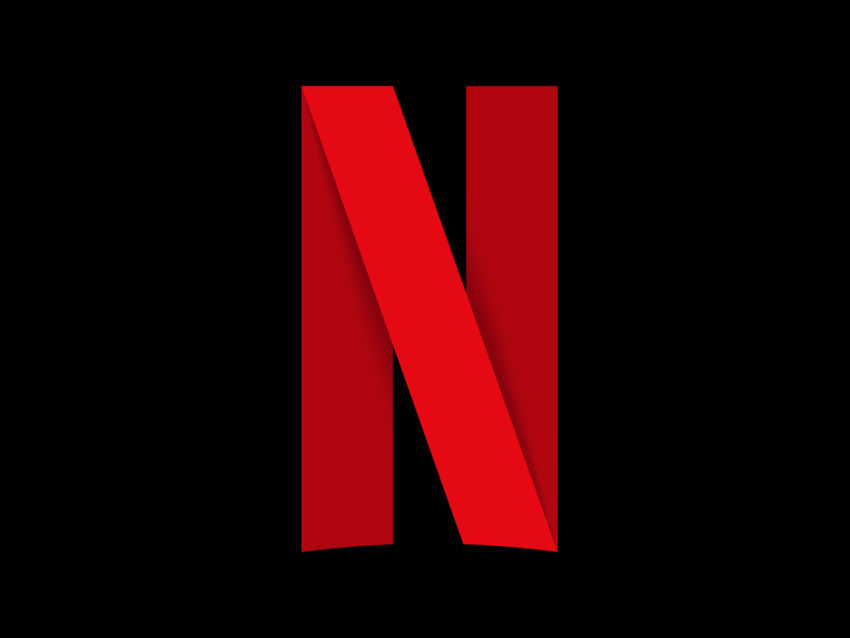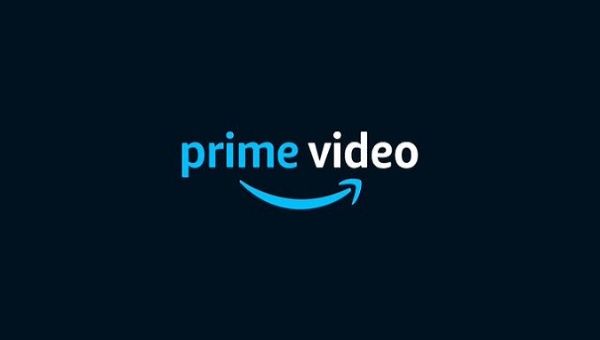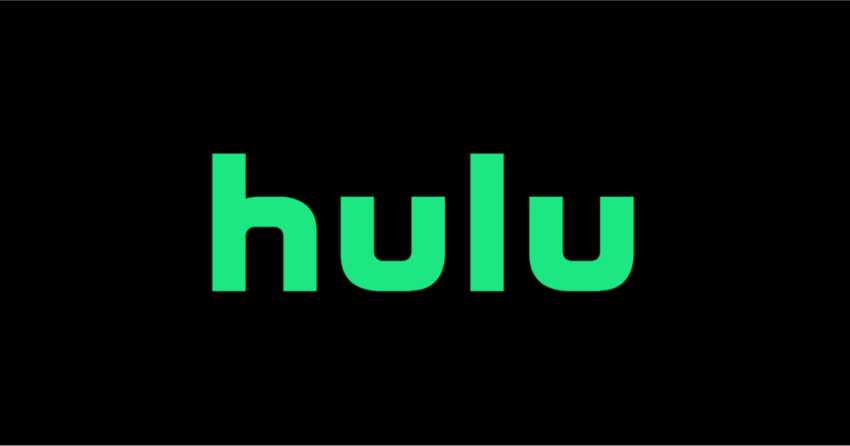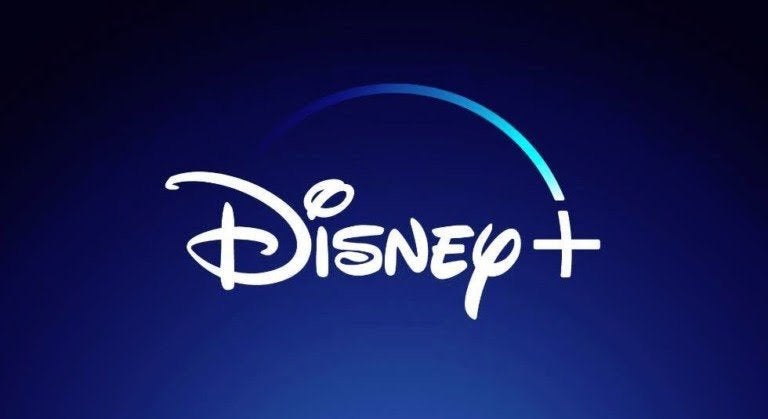Best Standalone Streaming Device by Streaming Source
There are a lot of ways of streaming your content. You can stream directly from your TV, from your gaming console, from your UltraHD Blu-ray player, and so many additional ways. But what if you want the very best audio and video quality from each service? Is there a single best standalone streaming device that gives you every service in the highest quality possible?
In a word: No. But we can get you as close as possible for each.
And before you start blaming the lazy manufacturers for not keeping up with the times, it isn’t exactly their fault. While they build the hardware (which can sometimes limit streaming functionality), it’s up to the individual services to keep their apps updated. When they have so many streaming vectors (think about all the different TVs, players, game consoles, phones, etc. with access to their services), each app has to be individually updated. That’s a lot of work just to keep the apps from crashing when a new update for your phone comes out, much less to integrate Dolby Atmos across the board.
It takes time—and home theater and AV enthusiasts are not the most patient people.
So, at this moment, if you wanted the best standalone streaming device for each service, what would be your options? Let’s look at them one at a time. Please note, when we say “best,” we mean that they can stream 4k resolution, HDR (high dynamic range or Dolby Vision) video, and Dolby Atmos.
Author’s Note: We only looked at the latest standalone streaming device from each manufacturer. If you have a legacy device, you’ll want to check their support page to see what video and audio formats are supports.
Netflix

The Grandfather of Streaming, Netflix has been around the longest and has arguably the most original content. Netflix is almost synonymous with streaming and has been making great strides in integrating the latest technologies.
- Apple TV 4k
- Nvidia Shield (2019)
- Chromecast with Google TV
- Amazon Fire TV Cube
Each of these standalone streaming devices supports all the latest video and audio formats. You’ll have to pay for the highest tier of Netflix to access them. This affords you up to four screens (more than you might need).
Amazon Prime

Many people sign up for Amazon Prime for the free shipping and don’t even know it comes with a streaming service. Like Netflix, Amazon has content that is in 4k, HDR, and Dolby Atmos but with fewer offerings than other services.
- Amazon Fire TV Stick 4k
- Amazon Fire TV Cube
- Nvidia Shield (2019)
- Roku Ultra
- Apple TV 4k
- Chromecast with Google TV
Amazon, of course, supports its own streaming services with their Fire TV standalone streaming devices. They also do a great job of supporting all the major players in the streaming game.
Hulu

Hulu used to be a conglomeration of many different content creators (think the major networks plus many others) but has been slightly whittled down as networks have started to unveil their own services. Currently, according to their website, Hulu does not offer Atmos or HDR. They do support 4k with some content.
- Apple TV (5th generation or later)
- Chromecast with Google TV
- Fire TV and Fire TV Stick
- Roku and Roku Stick (3810X, 3920X, 4400X and 46*0X models)
The biggest disappointment with Hulu is the lack of Atmos or Dolby Vision/HDR content. Many of the main players can access its 4k content but, surprisingly, Nvidia, one of the go-to standalone streaming devices for those interested in Plex and other services, has been excluded for years.
Disney+

Disney made waves when it announced their entry into streaming. With their catalog of content including many beloved children’s movies and shows, plus the Marvel and Star Wars properties, they immediately became a force within the streaming sphere.
- Nvidia Shield (2019)
- Apple TV 4k
- Roku Ultra
- Amazon Fire TV Cube
Disney+ may be the new kid on the streaming block, but they are dedicated to bringing us high-quality streaming content. Much of their content is in 4k with Dolby Vision and more and more is arriving every day. They support the major players with Chromecast being the notable exception.
Vudu

If you’ve ever redeemed one of those codes that came with your Blu-ray or UltraHD Blu-ray and didn’t use iTunes, your content probably ended up on Vudu. Vudu has its own HD audio format called HDX, but they also offer Dolby Atmos.
- Apple TV 4K
- Nvidia Shield TV
- Roku Ultra
- Chromecast with Google TV (Atmos is currently bugged but a fix is in the works)
Conclusion
But, wait a minute mister! You said there wasn’t a standalone streaming device that did everything. But I see that the Apple TV 4k is on all the lists! What’s the deal?
You’re right. The Apple TV 4k is probably one of the best (if not THE best) streaming device on the market right now. But it isn’t perfect. It doesn’t do HDR from YouTube currently (and they only recently added 4k), their Plex app is a hamstrung mess, some of the live TV streaming apps have reported limitations, and auto frame rate switching has issues on some apps. For the major services, it is a very good solution and one that we would highly recommend. But if you are looking for the one-stop “does everything” box, it doesn’t exist. Yet. Stay tuned! When we find the perfect standalone streaming device, you’ll be the first to know!


